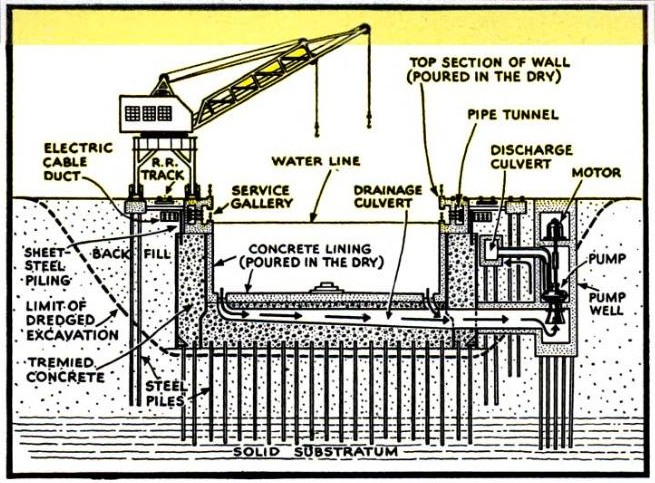We have experience hosting a range of audiences, from college classes to birthday parties to company outings, and we customize our tours to meet your group’s interests and needs.
Book a private tour today
In 1879, Scottish-born businessman Robert Gair stumbled upon an invention that would transform packaging and consumer products forever: a fast, mechanized way to manufacture cardboard boxes. This invention would grow …
Read more
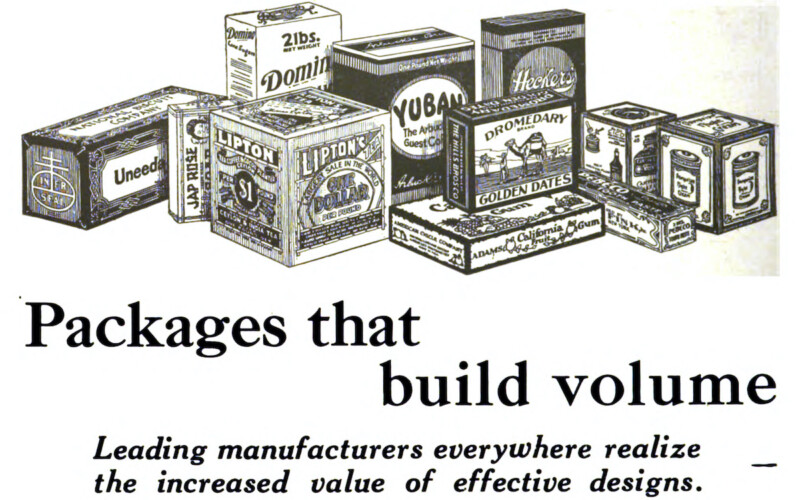
Concrete is the world’s most ubiquitous building material, and many important milestones of its development took place in Brooklyn. In this virtual program, we will examine concrete’s history, production, and …
Read more
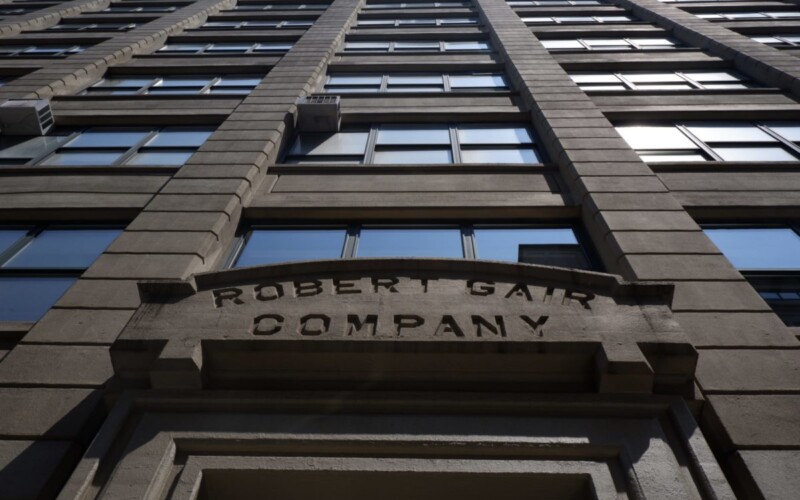
Concrete may seem like an odd material for shipbuilding, but during World War I, severe shortages of steel led to this innovation. Devised by Norwegian immigrants the Fougner brothers, they …
Read more
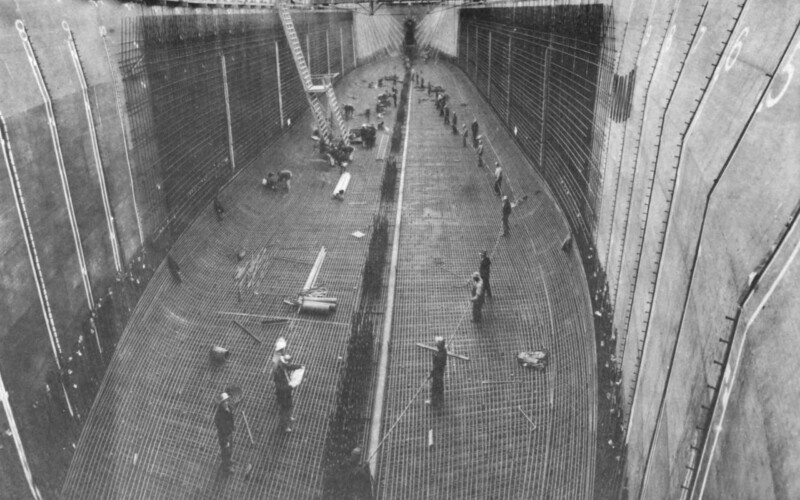
Completed in 1919, the Brooklyn Army Terminal is a marvel of architecture and engineering. On this virtual tour, we will examine its design and construction during World War I, its …
Read more
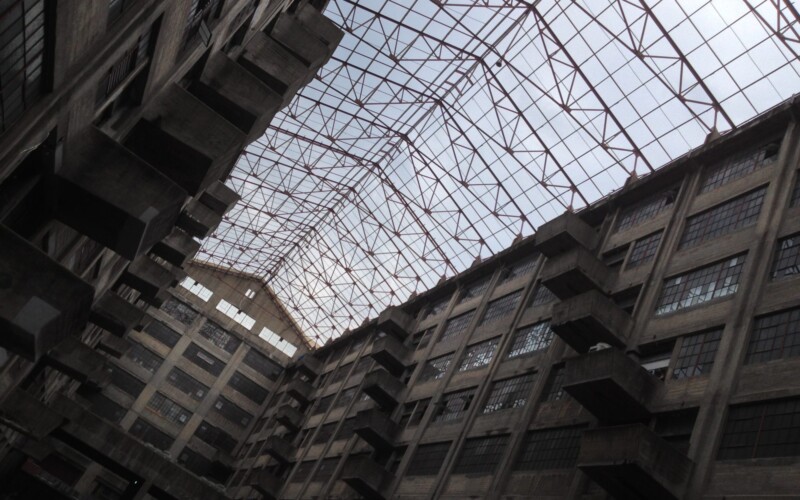
At each of the water passages that lead to New York Harbor – from the Narrows to Hell Gate, Ambrose Channel to the Race – disused forts stand on either …
Read more
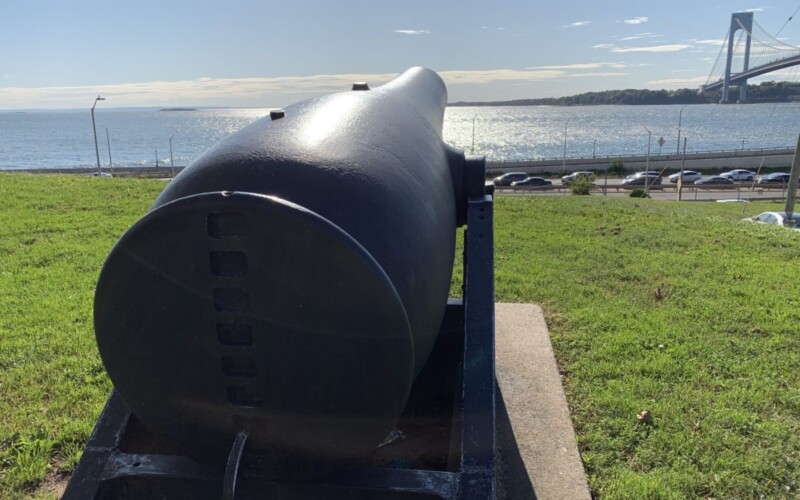
The neighborhood today known as DUMBO was once the center for the agricultural hamlet of Brooklyn, and grew into a center of commerce, shipping, and manufacturing. On this virtual walk, …
Read more

Times of war have always brought the biggest transformations to the Brooklyn Navy Yard, and none were bigger than those that took place during World War II. But long before …
Read more
